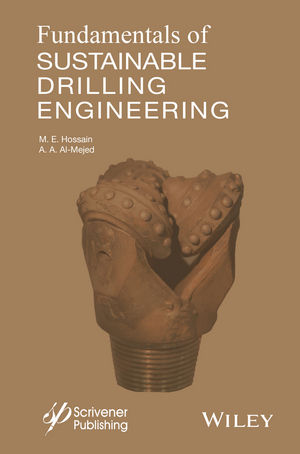It's a busy construction season, even for an 80-foot-tall rig headed for some late-summer work along the Chesapeake Bay.
The crew and drill rig operated by Major Drilling Inc. was greeted by a handful of U.S. Geological Survey researchers when it arrived at the Eastern Shore on Saturday, a few days late to start drilling on Sunday. The USGS is participating in a $1.3 million international project to drill nearly 1.4 miles below Cheriton to understand the catastrophic explosion that carved out a 56-mile-wide crater buried below the Chesapeake Bay.
The drill will look for traces of a 2-mile-wide asteroid or comet whose explosion over the Atlantic Ocean, geologists say, sent a shock wave about 7 miles underground, melted rock, briefly exposed the seafloor and vaporized water.
Greg Gohn, the USGS researcher directing the project, said the team spent the weekend and yesterday setting up a crane and other equipment from five flatbed trucks. The coring - bringing up tubes of long-buried dirt - could start late today after another flatbed truck arrives with additional gear.
"The start of drill jobs are pretty notorious for starting late, so I'm not surprised," Gohn said.
The drill site was prepped in July with a shallow water well 412 feet deep, into which was placed a steel casing to stabilize the hole. The water cools the big drill as it goes deeper and deeper, and the resulting mud acts as a lubricant for the machinery to pump and raise the cores.
The crater is the largest one in the United States and the sixth-largest in the world. It sits below about 1,000 feet of rubble and sediment beneath the lower part of the Chesapeake Bay, its surrounding peninsulas, and the inner continental shelf of the Atlantic.
Tropical Storm Ophelia should not hinder the project unless it brings high winds, lightning and a deluge to the Eastern Shore, Gohn said.
"It's just a matter of when folks are tired of standing out in a downpour."
The drill, involving about 49 scientists, will go night and day for the next three months to reach 7,200 feet. The USGS plans to return next spring to core the top 412 feet so that the record will be complete.
Source: Richmond-Times Dispatch





